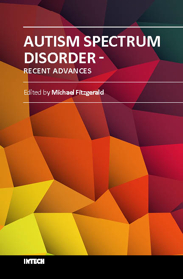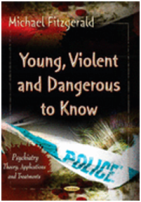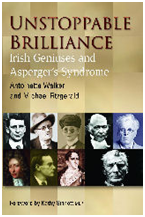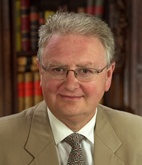These are extremely rare events and it is almost impossible to predict with any degree of accuracy rare events. Nevertheless, we must try but at the same time realise that many of the individual features of the profile I describe about potential mass killers are not rare in the general population. It’s the more overall picture that is relevant.
We must look at:-
- 1. Medical history pattern deviating from average medical history pattern of pilots, students, military personnel etc
- 2. Childhood history of being bullied, being a loner, being very routine bound person with special interests in death, perversions, dead animals, serial killers, mass killing, police work, military activities, horror movies, killing of animals, e.g. cats etc showing callous and unemotional trails, moodiness and showing gross lack of empathy, problems reading other people’s minds emotionally, being excessively controlling and dominating, problems with reciprocal social relationships, having sensory problems, noise, taste, touch, being significantly clumsily, being very unpopular in school but having special talents with numbers, mathematics, technology, engineering, construction and logic.
Other features would include poor eye contact, problems reading non-verbal behaviour, problems sharing emotional thoughts, problems turn taking and being very poor at group games. Many or most readers will dismiss this profile as nonsensical. The only answered to them is to ask them to produce a better alternative approach to the problem. Clearly we have to be extremely careful in labelling people inappropriately. If one is totally anti-labelling or identifying potential mass killers then one has to accept the activity of mass killers.
If one hears of a person who is in an average job and who has never performed above the average or indeed less than the average level and they state they will one day be famous and that “everyone will know my name” and they have the profile outlined above then airline management or schools managers or army commanders should ask some questions and explore the background and motive of this person a little more. If in addition to the above profile already described, a person is depressed, has recently experienced stress at his job, has had personal relationship breakup or conflict with his employers or problems with his work performance, is in a position of major responsibility e.g. airline pilot, then they should be examined further, if they make unusual and bizarre statements which could be taken as a joke if one wasn’t listening carefully.
Another scenario is a pupil (almost always male) with the profile described, who shows strange comments on his social media sites, has been bullied (or is being bullied in school), is depressed, ostracised, can’t relate to girls, is a loner, has had an academic crisis or access to guns at home or elsewhere and makes violent threats, these should be investigated by the health and safety officer in school (who should be responsible for gun attacks in school) in conjunction with the management of the school where a thorough investigation should take place. People like the readership keep Adam Lanza, Harold Shipman and Timothy McVey in mind.
References:
by Michael Fitzgerald
has been published in April 2015 in the book ‘Autism Spectrum Disorders – Recent Advances’
by InTech Publishing in a book edited by Michael Fitzgerald.
Click here to download for free
Young Violent and Dangerous to Know’, a book by Michael Fitzgerald
was published by Novinka, New York in 2013 and focuses on mass killers and serial killers.
A new book called “Psychopathy”
published in 2014 by Nova Science, New York, edited by Michael Fitzgerald,
has a chapter on ‘Criminal Autistic Psychopathy’ by Michael Fitzgerald, a not uncommon diagnosis in mass killers.








